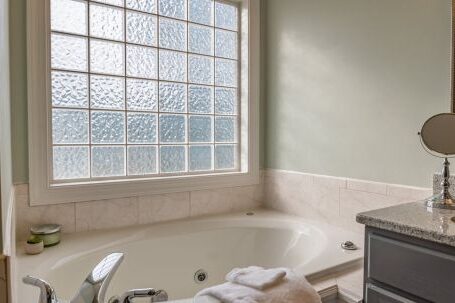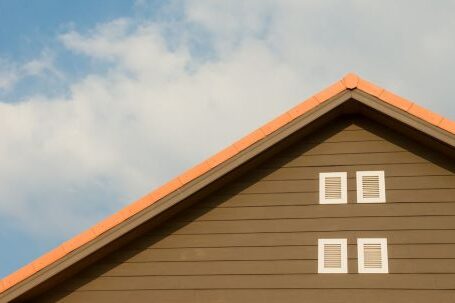With growing concerns about climate change and the need to reduce our carbon footprint, green building practices have gained significant popularity in recent years. Designing and constructing sustainable homes is not only beneficial for the environment but also for homeowners. Green buildings incorporate energy-efficient features, utilize sustainable materials, and promote a healthier living environment. In this article, we will explore the various aspects of green building and how it can revolutionize the way we live.
Energy Efficiency: The Key to Sustainable Homes
One of the primary goals of green building is to maximize energy efficiency. By incorporating various design strategies and technologies, sustainable homes can significantly reduce energy consumption. Features such as solar panels, double-glazed windows, and insulation help to minimize heat loss and gain, thus reducing the need for artificial heating and cooling. Energy-efficient appliances, LED lighting, and smart home systems further contribute to lowering energy usage. Not only does this lead to reduced utility bills for homeowners, but it also helps to mitigate the negative impact on the environment.
Sustainable Materials: Building for the Future
Another crucial aspect of green building is the use of sustainable materials. Traditional construction practices often rely on non-renewable resources and produce a significant amount of waste. In contrast, sustainable homes prioritize the use of eco-friendly materials that have a minimal impact on the environment. Materials such as bamboo, reclaimed wood, recycled metal, and natural stone are commonly used in green building projects. Additionally, the incorporation of sustainable insulation and non-toxic paints ensures a healthier indoor environment for occupants.
Water Conservation: Preserving Our Precious Resource
Water conservation is an essential aspect of green building. By implementing efficient plumbing fixtures, rainwater harvesting systems, and low-flow irrigation, sustainable homes can significantly reduce water consumption. Greywater recycling systems further enable the reuse of water from showers, sinks, and washing machines for irrigation purposes. These measures not only help to preserve our precious resource but also reduce the strain on municipal water supplies.
Improved Indoor Air Quality: A Breath of Fresh Air
Traditional homes often suffer from poor indoor air quality due to the presence of pollutants such as volatile organic compounds (VOCs) and mold. Green buildings, on the other hand, prioritize the use of low VOC paints, formaldehyde-free materials, and proper ventilation systems. This ensures that the indoor air is clean and free from harmful substances, contributing to the overall health and well-being of occupants. Studies have shown that improved indoor air quality can lead to increased productivity, reduced allergies, and a better quality of life.
The Future is Green
As we continue to strive for a more sustainable future, the importance of green building cannot be overstated. Designing and constructing sustainable homes not only helps to combat climate change but also offers numerous benefits for homeowners. From lower energy bills to improved indoor air quality, the advantages of green buildings are undeniable. By embracing green building practices, we can create a more sustainable and livable environment for ourselves and future generations. So let’s start building the green homes of tomorrow today!





